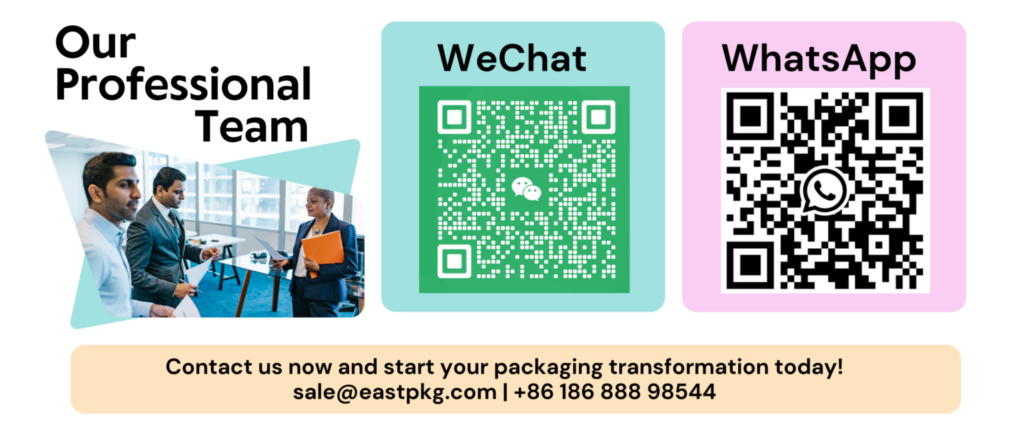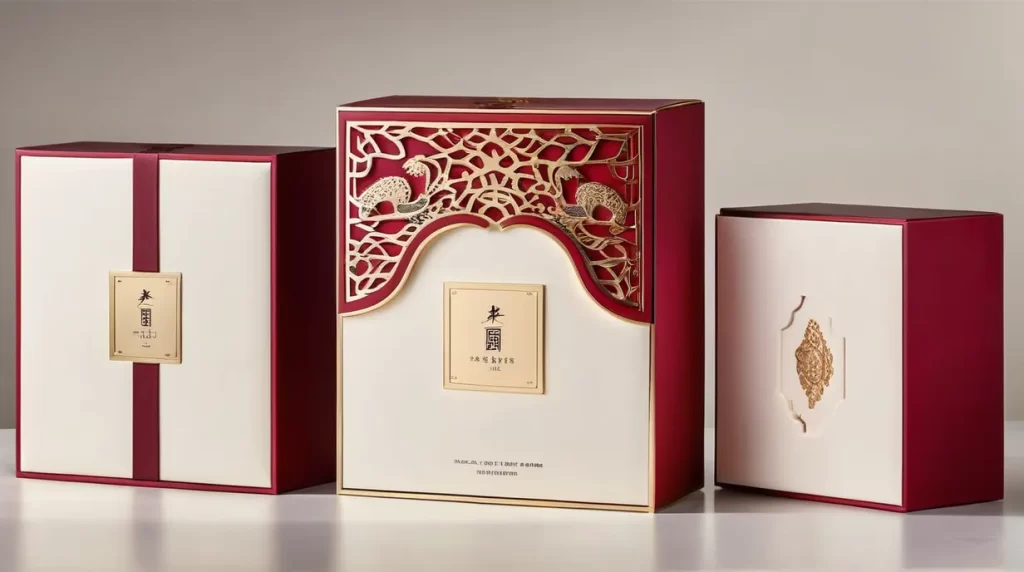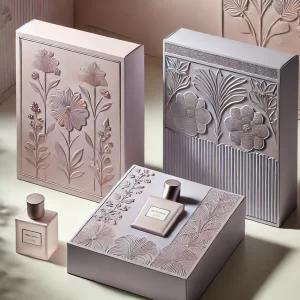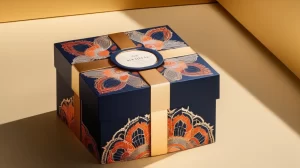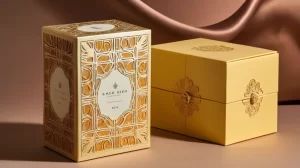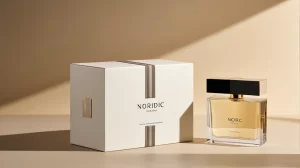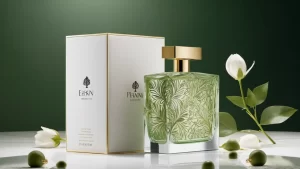Throughout human civilization, packaging has served as a crucial medium for distributing and protecting goods. The evolution of packaging materials not only reflects technological advancements but also mirrors shifts in human lifestyle, aesthetic values, and growing environmental awareness.
Cardboard, a fundamental material in the packaging industry, has undergone a transformation from its ancient origins to become a staple in sustainable packaging. This article, titled “The Past and Future of Cardboard,” explores the journey of cardboard packaging and looks ahead to future trends and innovations.
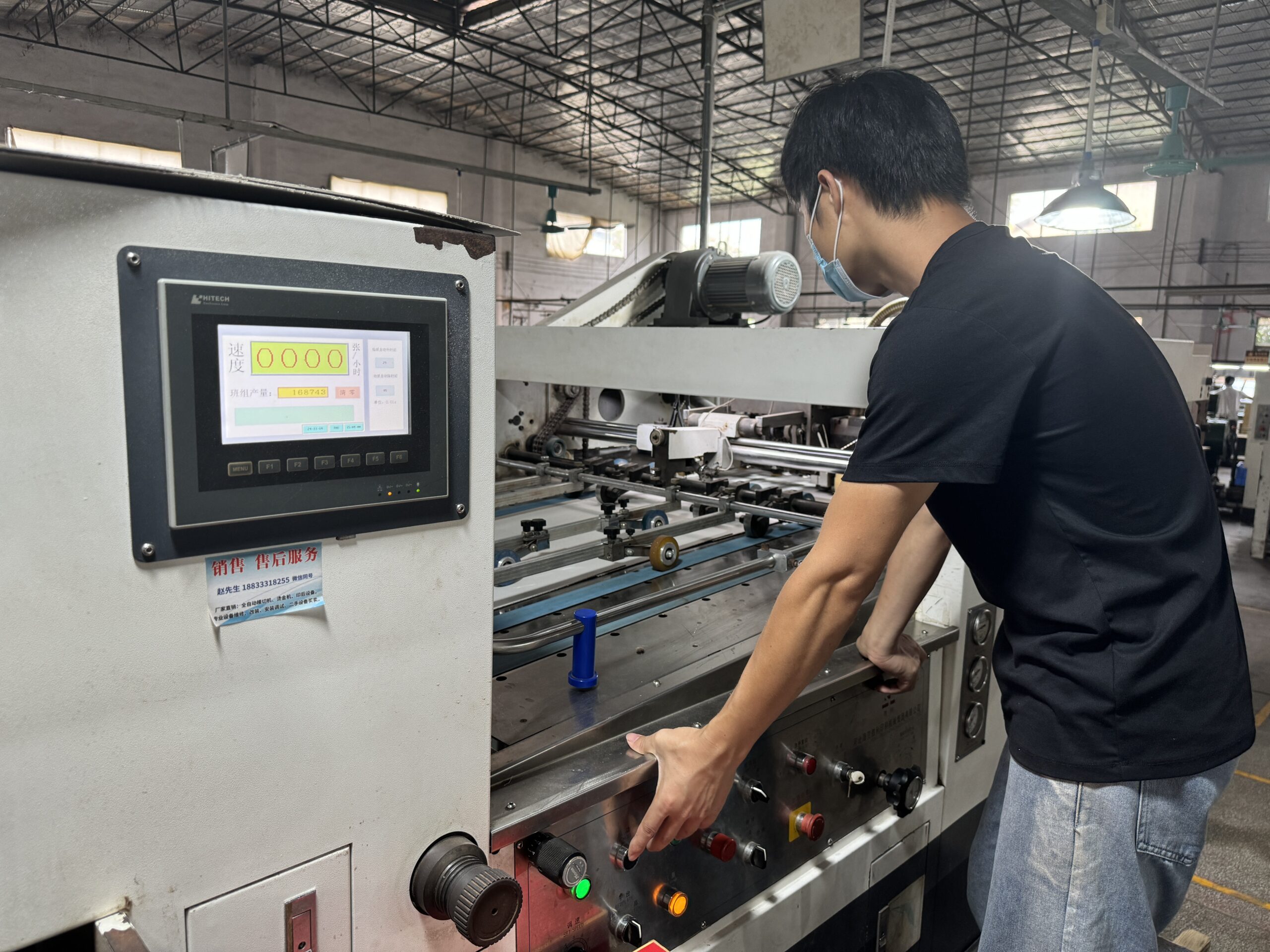
The Origins of Cardboard: The Dawn of Ancient Wisdom
1. Natural Packaging in Primitive Societies
In ancient times, before complex manufacturing processes, humans turned to nature to find packaging solutions. Materials like leaves, animal hides, shells, and bamboo served as early forms of eco-friendly packaging, fulfilling the essential function of protecting items from damage and facilitating transport and storage. These early solutions laid the foundation for Covering as we know it, combining functionality with simplicity and respect for nature.
2. The Emergence of Paper
The invention of paper marked a revolutionary step in packaging history. Around 105 AD, Cai Lun in China developed an improved papermaking process that made paper production more efficient and accessible. Although initially used for writing and art, paper’s flexibility and durability set the stage for future Covering solutions. As the use of paper spread, so did its applications, leading to early forms of paper packaging and setting the stage for cardboard box packaging centuries later.
3. The Early Forms of Cardboard
As people began experimenting with folding, layering, and gluing paper, they created the first cardboard containers. These early cardboard boxes, though simple, exhibited the essential qualities of modern Covering. They offered both protection and a customizable surface for decoration. Early Covering even included decorative elements like color and pattern to enhance visual appeal—a practice that remains central to custom packaging design today.
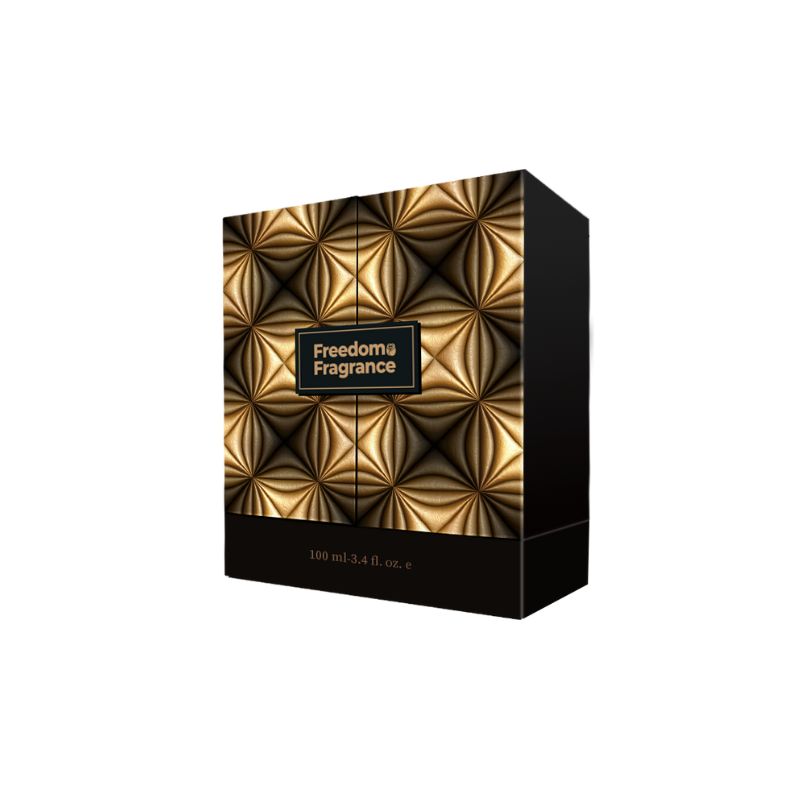
The Rise of Cardboard: Integration of the Industrial Revolution and Modern Design
1. The Impact of the Industrial Revolution
The Industrial Revolution transformed every aspect of production, including packaging. In the late 18th and 19th centuries, advancements in printing, papermaking, and mold manufacturing enabled the mass production of cardboard, making it affordable, durable, and accessible. Cardboard quickly became the preferred material for packaging food, pharmaceuticals, and consumer goods. It was lightweight, sturdy, and cost-effective—qualities that cemented its role in the growth of mass-produced Covering.
2. The Emergence of Modern Design
By the early 20th century, packaging had evolved beyond mere function. Designers began to see packaging design as a way to communicate brand values and enhance the consumer experience. Colors, fonts, and graphics on cardboard boxes helped brands stand out and connect emotionally with consumers. Custom cardboard Covering became a powerful branding tool, helping businesses express their unique identity. As a result, cardboard boxes were no longer just containers; they became an integral part of a product’s image and a way to engage customers visually.
3. The Awakening of Environmental Awareness
As environmental concerns grew in the mid-20th century, so did the demand for sustainable packaging materials. The global increase in plastic waste highlighted the need for recyclable and biodegradable alternatives, making cardboard an eco-friendly choice.
Governments and organizations worldwide began enacting policies that encouraged the use of eco-friendly Covering and discouraged non-degradable materials. These regulations led to innovations in cardboard production and reinforced its position as a sustainable Covering solution, driving the industry towards more responsible practices.
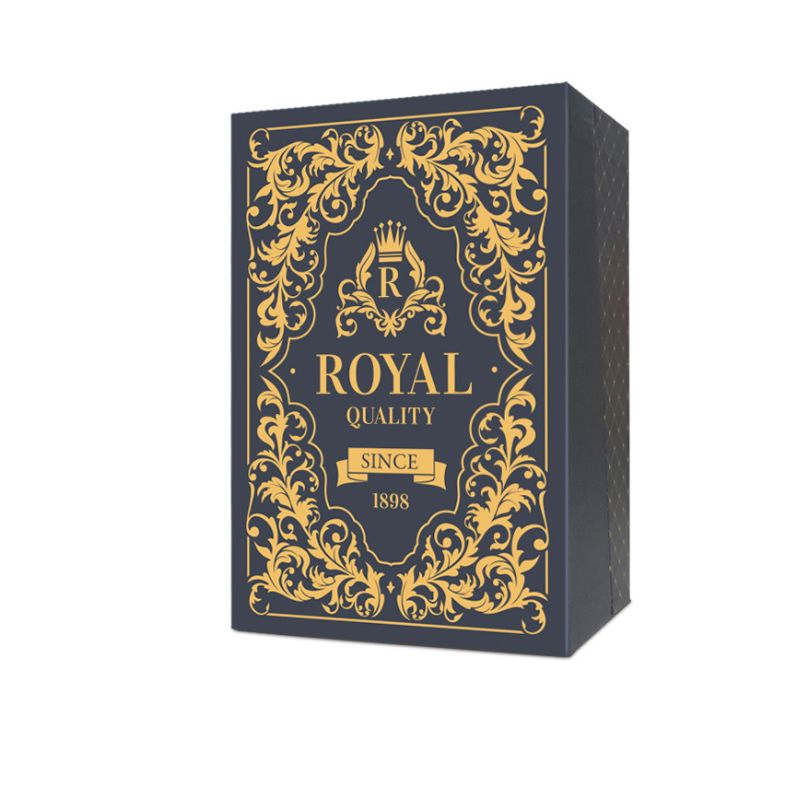
The Diversification of Cardboard: Technological Innovation and Market Demand
1. Innovation in Materials
As technology advanced, so did the materials used in cardboard production. In addition to traditional paper, new sustainable materials emerged, such as bio-based materials and biodegradable plastics. These materials offer similar functionality to cardboard but come with improved environmental benefits. They are increasingly used in sectors like food packaging, electronics Covering, and cosmetic packaging, where both performance and eco-friendliness are valued.
2. Innovation in Structures
Cardboard box structures have evolved to accommodate diverse Covering needs. Designers have created foldable, interlocking, and lockable cardboard designs to enhance product protection, visual appeal, and convenience. Specialized cardboard structures also incorporate anti-theft and tamper-evident features, providing added security in industries like luxury goods and pharmaceuticals. These innovations have helped cardboard maintain its relevance as a versatile, adaptable material that meets the needs of modern consumers.
3. Innovations in Printing Technology
Printing technology has revolutionized custom Covering options, allowing for detailed and personalized designs on cardboard. Techniques like digital printing, UV printing, and foil stamping have elevated the aesthetic appeal of cardboard boxes, allowing brands to express their identity through unique, eye-catching Covering. Personalized packaging options increase brand visibility and enhance consumer engagement, making cardboard Covering a vital tool in brand communication.
Future Outlook for Cardboard: Green, Smart, and Personalized
1. Green Packaging as the Mainstream
With global environmental awareness on the rise, green packaging is poised to become the industry standard. Cardboard, as a recyclable and biodegradable material, aligns with this trend and offers broad potential for eco-friendly applications.
In the future, we anticipate more widespread use of cardboard products made from sustainable sources, coupled with innovative designs that minimize waste and reduce carbon footprints. Increasing awareness of zero-waste packaging is likely to drive efforts to promote the recycling and reuse of cardboard, supporting a circular economy.
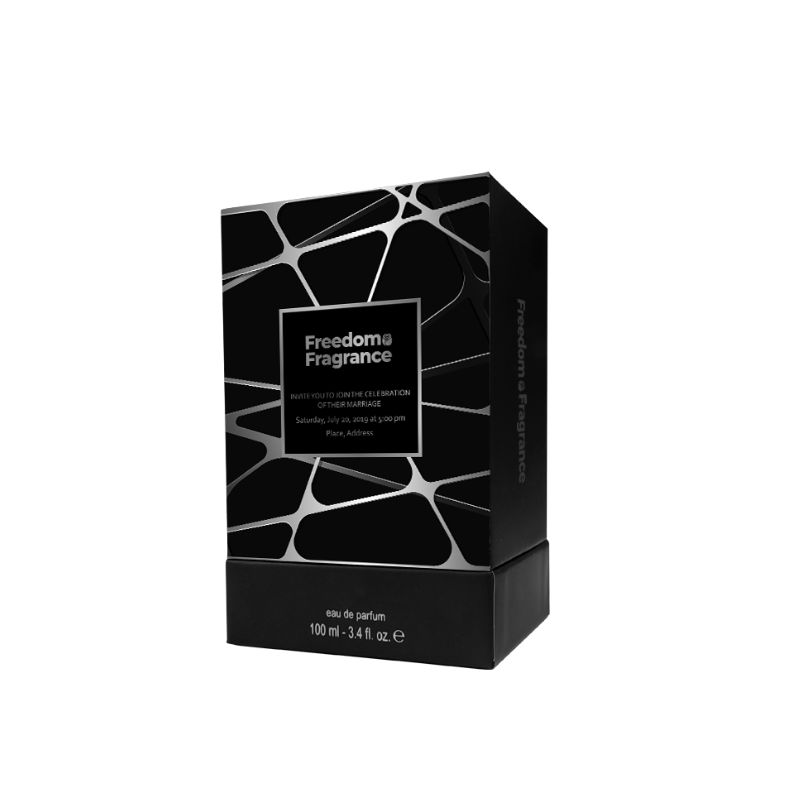
2. The Proliferation of Smart Packaging Technologies
As the Internet of Things and smart technology continue to advance, smart Boxing is emerging as an exciting development in the packaging industry. Cardboard packaging can incorporate technologies such as RFID, QR codes, and sensors, enabling functions like product tracking, anti-counterfeiting, and temperature monitoring.
Consumers can use these technologies to access detailed product information, enhancing transparency and convenience. In this way, smart cardboard packaging meets modern consumers’ desire for connected, data-rich experiences and adds value beyond the product itself.
3. Personalized Customization as the New Trend
The demand for unique and personalized products is growing, making customized Boxing increasingly popular. Future packaging solutions will allow consumers to tailor cardboard products according to their preferences, from size and material to colors and structural design.
Personalized custom cardboard boxes will enable brands to stand out, provide a more engaging unboxing experience, and foster deeper connections with their customers. This trend not only enhances brand loyalty but also sets new expectations for customer-centered packaging in the digital age.
Conclusion
As a staple of sustainable Boxing, cardboard has continuously adapted to meet society’s evolving needs. From primitive packaging in ancient civilizations to the sophisticated custom Boxing solutions of today, cardboard has proven its versatility and resilience. As we look to the future, cardboard will likely continue to play a key role in the industry’s shift toward green Covering, smart technology, and personalized customization.
In an era of heightened environmental awareness, cardboard’s potential for eco-friendly Boxing is more relevant than ever. By championing recyclable, innovative, and aesthetically pleasing cardboard packaging, we contribute to a more sustainable and adaptable future. Together, let us promote the development of green, smart, and customized packaging solutions and work towards a sustainable world where packaging not only serves its purpose but also respects our planet.
